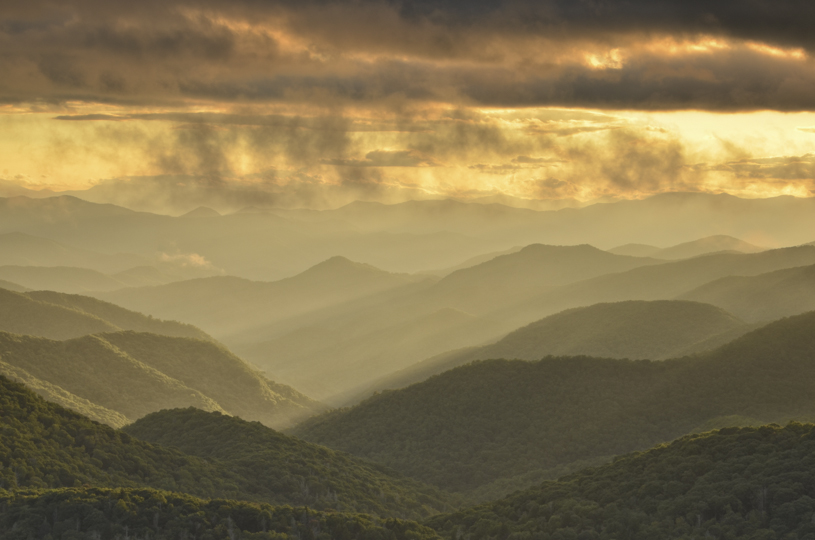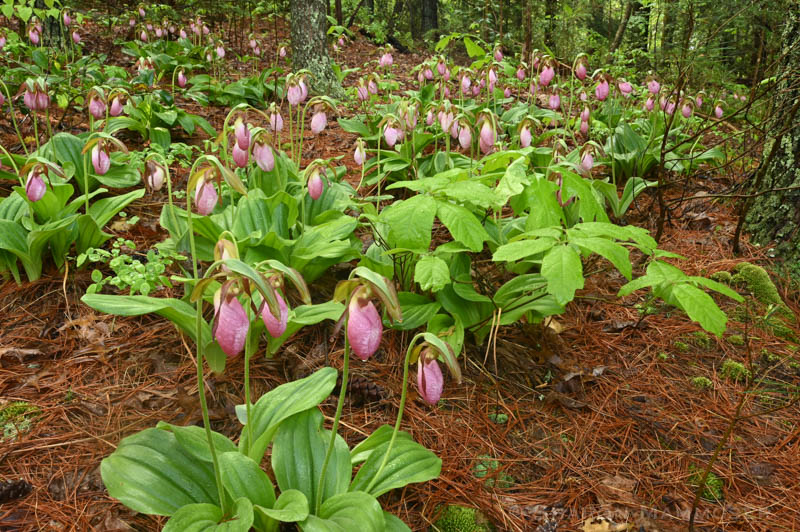For me and my quest to see wildflowers, this has been a banner spring. I have made time to get out often and check out some new trails, including some where I’ve gotten to see a beautiful native orchid called a Pink Lady’s Slipper, and also, a Yellow Lady’s Slipper. Both are pretty stunning when you spot them in the forest, just going about their business.
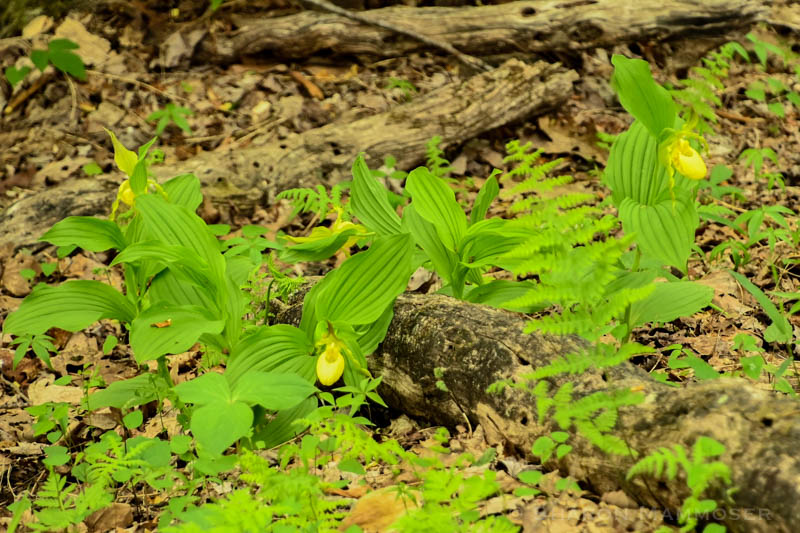
Some people want to dig one up when they see it, wanting to bring it home with them to put it in their yards, but this is not a good idea as these orchids require pretty specific conditions to prosper.
According to the United States Forest Service website about Pink Lady’s Slippers, “In order to survive and reproduce, pink lady’s slipper interacts with a fungus in the soil from the Rhizoctonia genus. Generally, orchid seeds do not have food supplies inside them like most other kinds of seeds. Pink lady’s slipper seeds require threads of the fungus to break open the seed and attach them to it. The fungus will pass on food and nutrients to the pink lady’s slipper seed. When the lady’s slipper plant is older and producing most of its own nutrients, the fungus will extract nutrients from the orchid roots. This mutually beneficial relationship between the orchid and the fungus is known as “symbiosis” and is typical of almost all orchid species.
Pink lady’s slipper takes many years to go from seed to mature plants. Seed-bearing harvest of wild lady’s slipper root is not considered sustainable. Pink lady’s slippers can live to be twenty years old or more.”
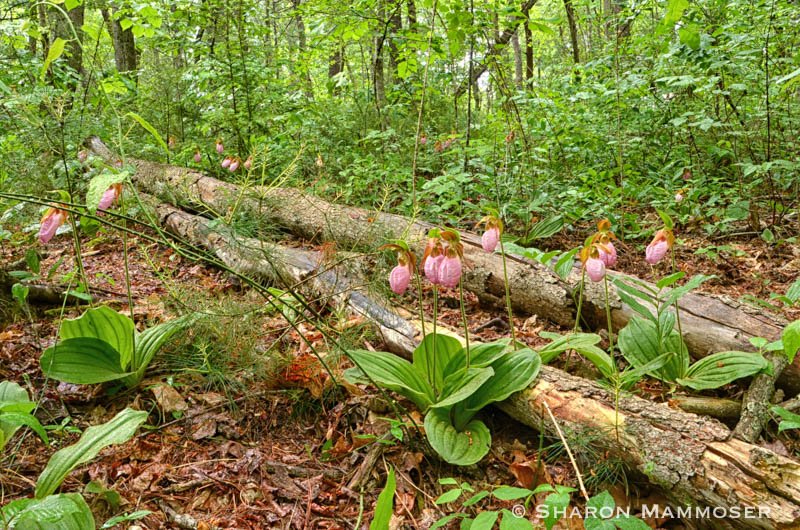

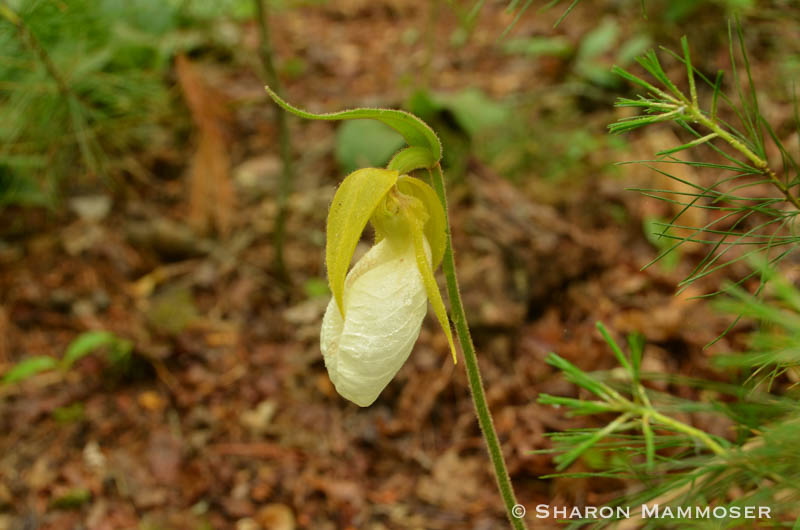
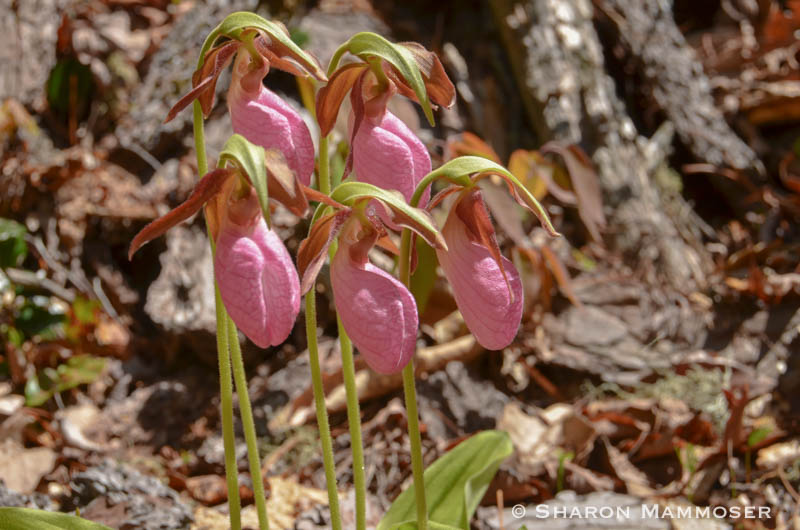
Have you gotten to see these beautiful orchids in a forest near you? I hope so! But if not, here’s a one minute meditation. I am taking you with me to a forest where you can see many growing in a big cluster. It’s impressive! I hope you enjoy it, and also, that you get outside soon and experience something wonderful too.
See you again soon!

